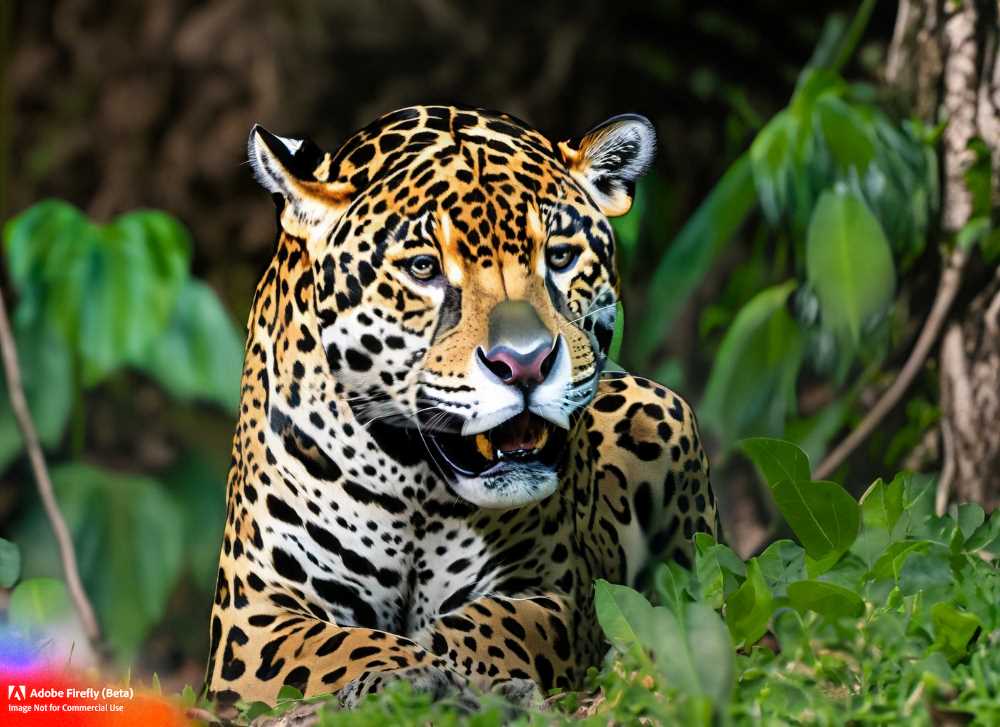Mexico's Biodiversity is the Real Natural Wonder
Discover Mexico's incredible biodiversity, home to over 30,000 plant species, 450 mammals, and 1,000 bird types, including the Mesoamerican Barrier Reef. Despite threats to the environment, conservation efforts are being made to protect this natural paradise.





